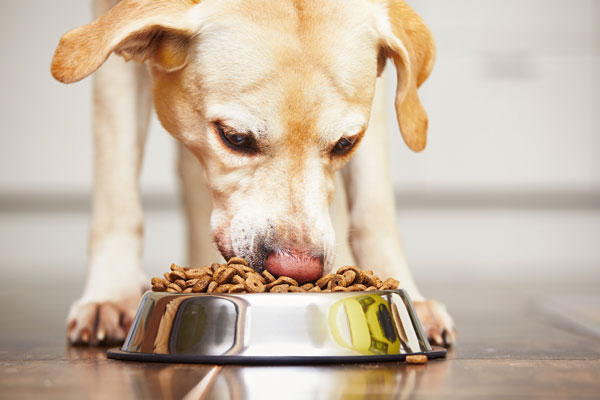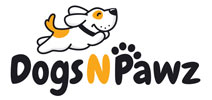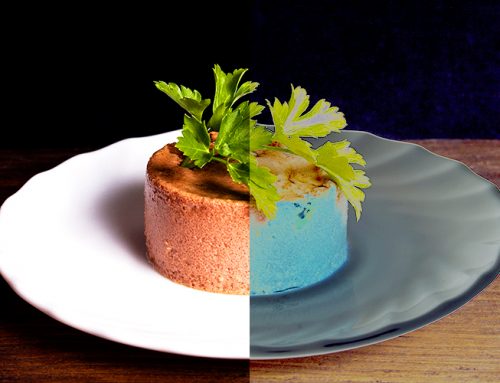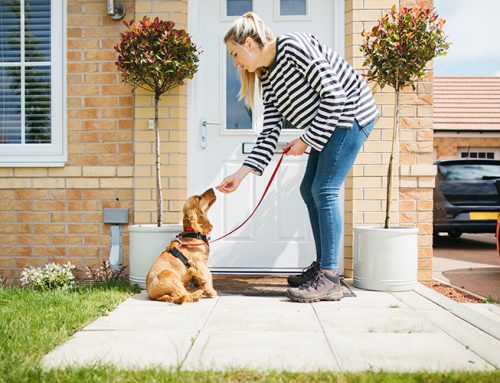Does my dog need grain-free food?
Grain-free dog food suffered a fall from grace in 2018 when the U.S. Food & Drug Administration released a report stating that it was looking into a possible link between grain-free dog foods and an increase in canine dilated cardiomyopathy (DCM), a potentially deadly heart disease. Sales dropped, and dog owners worried. Brands pulled legumes out of their grain-free products.
The FDA report found that in a five year period they received just over 500 reports of DCM. To keep things in perspective, it’s estimated there are about 77 million pet dogs in the United States. Of course, it’s preferable that no dog get DCM.
“The definitive cause of canine DCM is the subject of debate, although a number of factors including nutritional, infections, and genetic predisposition have been implicated,” according to the Cornell University College of Veterinary Medicine.
Your dog may have a legitimate reason for switching to a grain-free or gluten-free dog food and the benefits might outweigh the risks. Before making radical changes to your dog’s dinner, talk to your vet, and see what options are available.
Before we delve into grain-free, let’s clear up the differences between grain-free and gluten-free.
What’s the difference between grain-free and gluten-free?
Understanding the difference between grain-free and gluten-free may help make it easier to try a new food on your dog.
Gluten is a protein found in specific types of grain including:
wheat
barley
spelt
kamut
einkorn
triticale
Oats may not be gluten-free if they are manufactured where gluten-containing products are made, but there are gluten-free oats available.
Humans can suffer from celiac disease, which damages the small intestine and prevents these people from absorbing nutrients. It’s considered an autoimmune disorder. There are varying levels of gluten sensitivity that can be diagnosed by doctors. For human food to be labeled gluten-free it has to contain fewer than 20 parts per million.
Some people may be allergic to wheat, but not gluten. A wheat allergy means those people (or dogs) also can’t eat wheat, spelt, einkorn, emmer, flour, Kamut, and other wheat-based products.
Grain-free eliminates the products listed above, but may also eliminate:
Amaranth
Arrowroot
Buckwheat
Corn
Flax
Gluten-free flours — rice, soy, corn, potato, and bean flours
Millet
Quinoa
Rice, including wild rice
Sorghum
Soy
Tapioca (cassava root)
Teff
Commercial grain-free dog foods may, in fact, contain flax, potato and bean/legume flours, sorghum, tapioca, or quinoa.
The definition of grain-free isn’t necessarily consistent across brands or products. Label reading is always critical, especially if you’re trying to eliminate specific ingredients from your dog’s food.
Why might my dog need a grain-free or gluten-free diet?

Part of the reason people made the switch to grain-free diets over a decade ago was because of concerns about obesity, diabetes, useless food fillers, and genetically modified crops like corn. There were also concerns about the high amounts of carbs in food, but it’s important to know that a grain-free food doesn’t mean it’s carb-free (unless you’re feeding a raw, protein only diet).
There may be medical reasons or conditions that mean your dog needs to eat grain-free food. When in doubt, talk to your vet about your dog’s unique nutritional needs, especially if your pet has an illness.
Your dog has a gluten allergy
Gluten allergies in dogs are rare and are more often classified as an intolerance, or sensitivity. Most dogs experience allergies to specific proteins, not grains if they are demonstrating an allergy or intolerance.
That doesn’t mean your dog isn’t allergic or intolerant to gluten — just that you’ll need to do an elimination diet to figure out what is causing allergy symptoms. Start with one protein and one grain (ideally, both should be types he or she has never eaten before).
Symptoms of an intolerance or allergy are:
- chronic diarrhea or constipation
- constant feet chewing
- red, inflamed paws
- constant ear infections
- abnormal behavior or personality changes
- frequent itching or bad skin
- dull, unhealthy looking coat
If your dog has a gluten intolerance, chances are, she or he may still be able to eat rice, corn, and any grains that don’t contain wheat or added gluten.
PetMD puts it this way: “… not all grains contain gluten. Therefore, gluten-free dog food may or may not be grain-free, while grain-free dog food will always be gluten-free.”
Your vet may recommend starting with an elimination diet to determine what’s causing the symptoms or may discuss a blood test with you. From there, you can figure out if there are any grains your dog can safely eat, or if all grains need to be eliminated.
Your dog has diabetes
If you are trying to give your dog a low-glycemic index pet food, you might consider grain-free. Sweet potatoes are often found in grain-free dog foods and have a lower glycemic index than soy, corn flour, chickpeas, kidney beans, lentils, navy beans, soybeans, and yams are also low-glycemic when compared to more common grains that are not part of grain-free diets.
Dogs with diabetes should eat foods with complex carbohydrates and fiber unless they are underweight. A vet should be able to help you determine how many allergies your dog needs to maintain a healthy body weight.
“Researchers are still exploring what diet is best for dogs with diabetes,” an article on Fetch by WebMD notes. “Most vets recommend a high-fiber, low-fat diet. Fiber slows the entrance of glucose into the bloodstream and helps your dog feel full. Low-fat foods have fewer calories.”
The article says that treats should be low in sugar and carbs.
You want to reduce your dog’s carbohydrate consumption
Most commercial kibbles or dehydrated foods contain some level of carbohydrates from added ingredients. Switching to a product labeled “grain-free” doesn’t mean your dog isn’t getting carbohydrates — it just means it’s getting carbs from sources other than traditional grains.
To go carb-free, you need to find a food product that doesn’t contain any types of grains. In this case, you’d be looking at raw food, which is usually sold in a format that looks like ground meat. It’s made up of muscle, organ, and bone. That’s it. It’s truly grain-free.
There are also raw food products available that include a serving of fruits and vegetables mixed in.
Another type of food that doesn’t necessarily contain any grains are products labeled “air-dried”. High quality air-dried products are around 96 percent meat and may include a small amount of fiber (like food-grade bamboo fiber or dried kelp) to help bind the product.
Freeze-dried products often don’t contain any grains either and can be between 95 and 98 percent meat, depending on the brand. Or, the only added carbs may come from fruits and vegetables.
Recipes are brand dependent, so read the ingredients to be sure you’re eliminating or reducing carbohydrates if that’s your goal. Although raw, freeze-dried, or air-dried products are typically grain-free, they aren’t always labeled as grain-free the same way kibble or canned grain-free products are.





